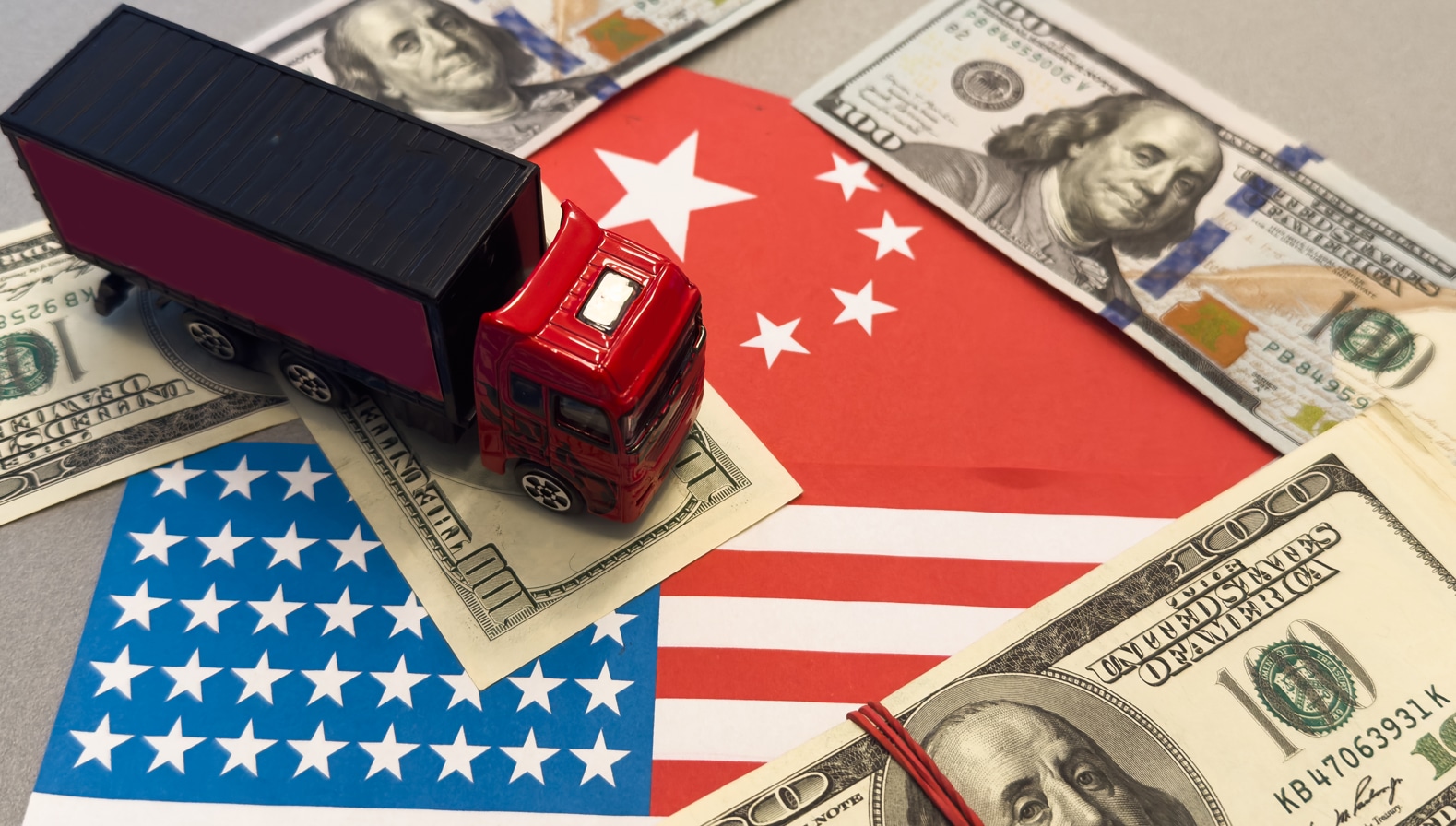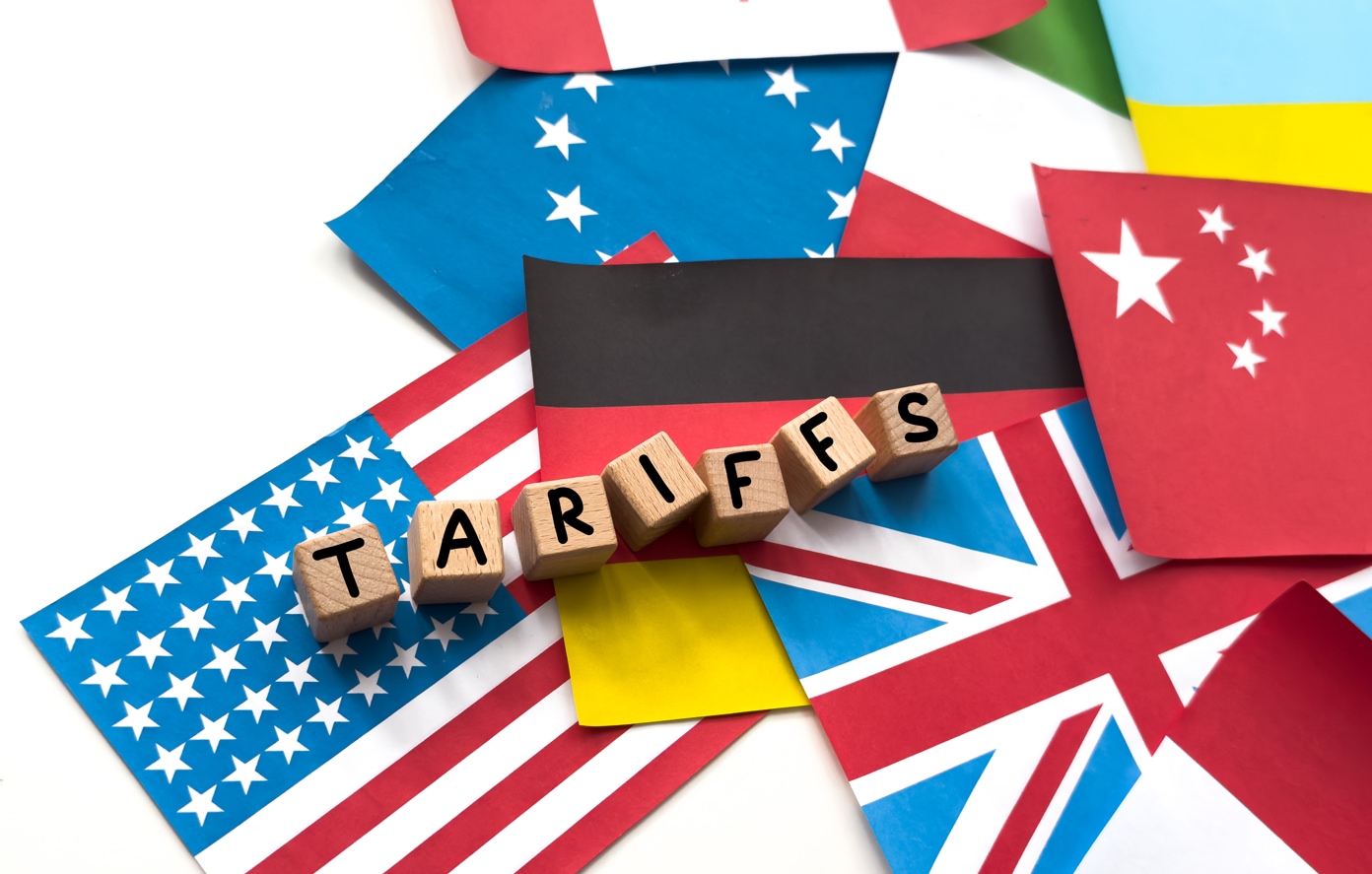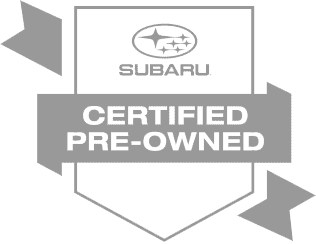

If you’ve found yourself surprised by the price of a new vehicle lately, you’re not imagining things. While inflation and supply chain issues have played a role, another key factor is getting more attention: tariffs on cars. These trade measures, aimed at boosting domestic manufacturing, are now directly affecting what American drivers are paying at the dealership.
US car tariffs—especially those targeting imported vehicles and auto parts—have raised production costs for automakers. That increase is passed down to consumers, often adding thousands of dollars to the final price tag. The impact of tariffs is especially noticeable in electric vehicles and larger SUVs, which rely heavily on parts sourced globally. Some industry estimates suggest new tariffs could raise prices by as much as $12,000 per vehicle.
But it’s not just about cost. The new tariffs are reshaping the auto industry—affecting where cars are built, how supply chains are managed, and which vehicles get prioritized in production. As policies continue to shift, understanding the broader impact of tariffs is becoming just as important for consumers as comparing horsepower or fuel economy.
Before you buy your next car, take a closer look at how tariffs might be affecting the price—and consider shopping smart with a trusted local dealer like Brewster Subaru.
Also Read: Is the 2025 Subaru Ascent Onyx Edition Worth It?
Disruption of Global Automotive Supply Chains
Most people don’t realize just how global the car-building process is. Parts come from all over the world, often crossing multiple borders before they end up in a finished vehicle. This system keeps production efficient and costs manageable but also makes the industry especially sensitive to disruptions like trade tariffs.
When the U.S. imposed trade tariffs on Chinese-made auto parts during the Trump administration, it caused real issues for automakers. Some faced part shortages, forcing them to pause production or find new suppliers on short notice. These kinds of setbacks slow everything down and drive up manufacturing costs.
In the end, it’s the consumer who feels the impact. Higher costs and production delays often lead to more expensive cars and fewer models on dealer lots. As trade tariffs continue to shift, they remain a major reason new cars are taking longer to build—and costing more once they arrive.
Economic Consequences for the Automotive Industry
Tariffs don’t just raise the price of new cars—they also ripple through the broader automotive economy. When production costs climb, manufacturers are forced to make tough choices, often trimming budgets or cutting back on hiring. This can directly affect workers, dealerships, and suppliers, many of whom rely on steady production and strong sales to stay afloat.
The economic stakes are high. According to the Center for Automotive Research, inconsistent or unpredictable tariffs could cost the industry up to $107 billion. That includes losses tied to supply chain disruptions, lower vehicle sales, and reduced profitability. For a sector that employs nearly 10 million people in the U.S. alone, these financial shocks can be felt at every level—from factory floors to showroom floors.
Beyond manufacturing, the ripple effects extend into service and repair. Higher part costs and slower deliveries strain service departments, making it harder to keep cars on the road and customers satisfied. As trade policies continue to shift, the economic consequences for the automotive industry serve as a reminder that tariffs aren’t just numbers on paper—they have real-world impacts on jobs, businesses, and everyday drivers.
Consumer Strategies in a Tariff-Impacted Market
With car prices rising due to tariffs and other factors, consumers must be smart when buying a new vehicle. Experts recommend starting the research early to understand price trends and which models are most affected by tariffs. Being informed can help you avoid overpaying and find a better deal.
It's also a good idea to consult with dealerships directly. Prices can fluctuate, and dealers may have insights into upcoming discounts or promotions. Building a relationship with a local dealership like Brewster Subaru can also give you more room to negotiate, especially if you know the current market conditions.
Lastly, considering less popular car models might be a smart move. Cars in lower demand often come with better deals, as dealerships aim to clear out inventory. Focusing on these options can help you get a good vehicle without paying a premium caused by tariffs or supply shortages.

Global Trade Dynamics and Future Outlook
Tariffs don’t just affect prices at home—they also shape how countries trade with one another. As the U.S. continues to use tariffs to protect its auto industry, other countries are adjusting their policies in response. These trade decisions are part of a bigger effort to stay competitive and protect local economies.
Britain, for example, is considering lowering import tariffs on U.S. cars to help secure a trade deal. Doing so could make American vehicles more affordable in the UK while opening up better export opportunities for British products. It’s a strategy aimed at balancing out the effects of U.S. tariffs and encouraging smoother trade between the two countries.
Going forward, global trade in the auto industry will likely be shaped by these kinds of negotiations. As countries adjust their tariffs and strike new deals, automakers and buyers could see changes in pricing, availability, and where vehicles are built and sold.
Summary
In today's auto market, understanding the role of tariffs is more important than ever. These trade measures don't just impact governments but also everyday buyers. When asking who pays a tariff, the answer often comes down to consumers. Higher import costs are passed down through the supply chain, eventually showing up on the dealership floor at higher prices.
As global trade policies shift, automakers and consumers are feeling the pressure. Tariffs influence where cars are built, how parts are sourced, and which models are prioritized. From production delays to price hikes, the effects go far beyond the manufacturing line.
For buyers, staying informed can make a real difference. Knowing how tariffs impact pricing can help you shop smarter and avoid paying more than needed. And when you're ready to make that purchase, working with a trusted dealership like Brewster Subaru can help you confidently navigate today's market.
Read Next: Reasons Why the 2025 Subaru Ascent the Best Family SUV




